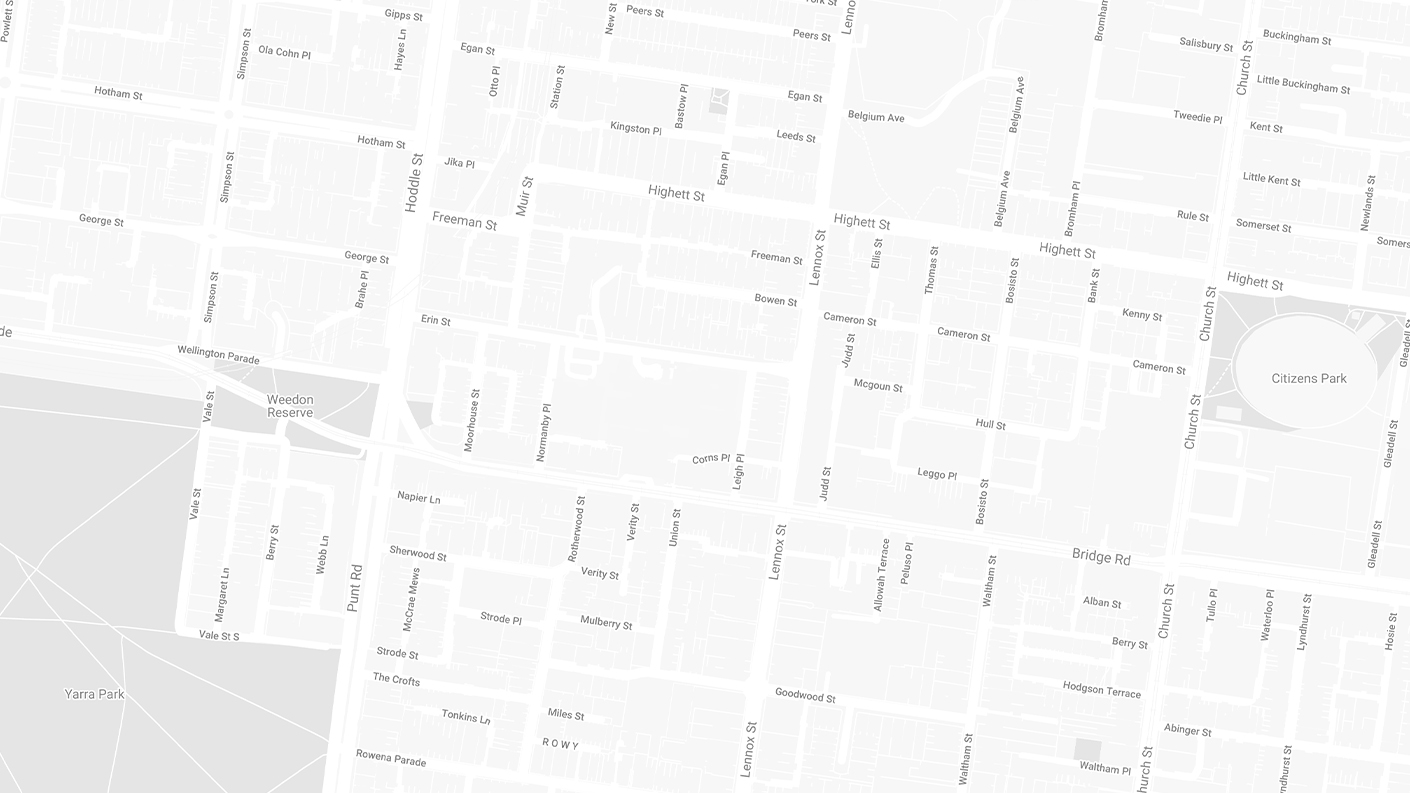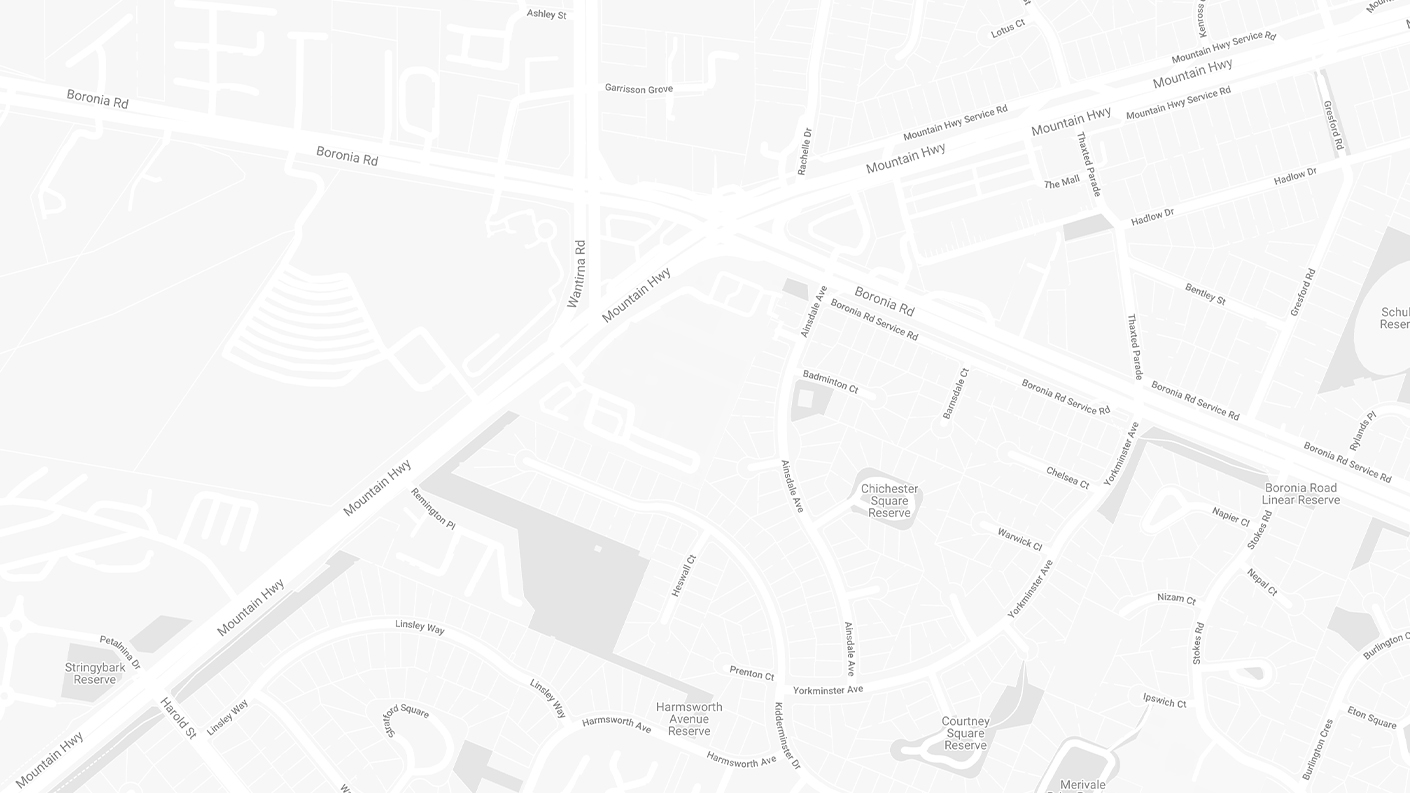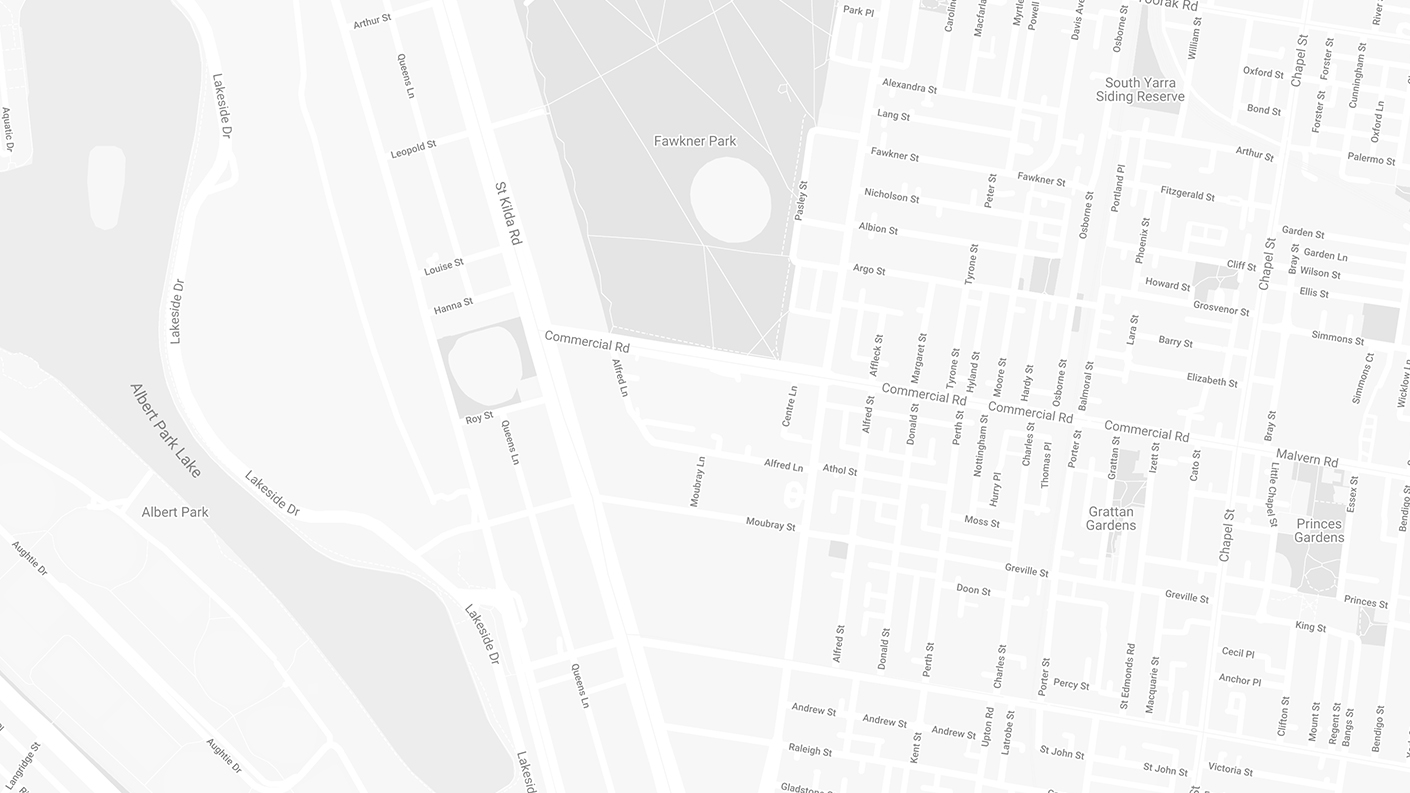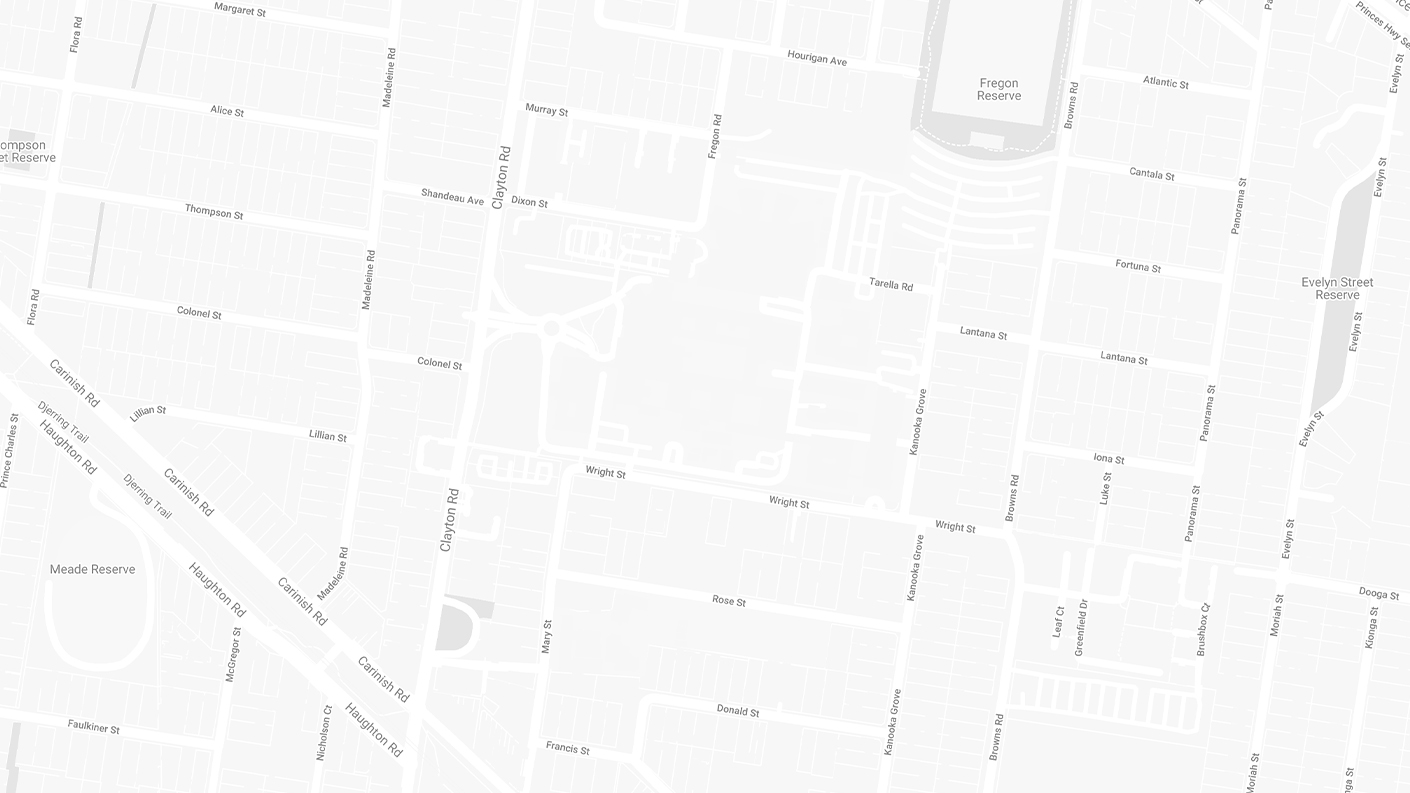
Carpal tunnel surgery can sometimes be addressed with non-surgical treatments, but surgery may be required in severe cases.
If you suffer from carpal tunnel syndrome, you will know that the problem can cause a number of uncomfortable symptoms. The issue occurs when the median nerve on the palm side of the hand becomes compressed and is often caused by excessive pressure and inflammation in the wrist. The good news is that carpal tunnel syndrome can be treated — there are a number of non-surgical ways in which the issue can be addressed, while surgery is an option in more severe cases.
Read on to find out more about the condition, how to spot the symptoms, and what you can do for pain relief…
What are the symptoms of carpal tunnel syndrome?
If you have carpal tunnel syndrome, you may notice that your affected hand often feels numb. You may also notice a tingling sensation or pain in your thumb and first three fingers.
Other possible symptoms of carpal tunnel syndrome include pain that extends up your arm; wrist pain; and weakness in the affected hand.
What causes the problem?
Carpal tunnel syndrome occurs when there is excess pressure on the wrist and the median nerve, which is located on the palm side of the hand. Inflammation and swelling in the wrist can lead to an obstruction in blood flow and contribute to the development of the condition.
There are a number of health conditions that have been connected to carpal tunnel syndrome — these include diabetes; thyroid-related problems; hypertension; and fractures and other injuries to the wrist.
The symptoms of carpal tunnel syndrome can be made even worse if the wrist is frequently overextended. This repeated movement tends to exacerbate swelling, as well as compression of the nerve. Overextension of the wrist can be caused by actions like typing for long periods of time.
What are the treatment options?
There are a number of ways in which carpal tunnel syndrome can be addressed, including various non-surgical options.
Some non-surgical treatments include the use of wrist splints, which are designed to keep the hand in a neutral position and avoid overextension of the wrist; medications formulated to reduce inflammation and relieve pain; and injections to help reduce inflammation. You may also find it helpful to do stretches throughout the day; taking frequent breaks from actions that require repetitive movement of the wrists; and applying cold packs to reduce any discomfort that you feel.
If a non-surgical approach proves unsuccessful, you may be referred for carpal tunnel surgery. During this procedure, the ligament that surrounds the carpal tunnel is cut in order to relieve pressure on the nerve. As a result, more room is created for the median nerve to pass through, and you should experience relief from pain and any other uncomfortable symptoms with which you have been suffering.
How can we help?
Associate Professor James Lee offers a number of endocrine and general surgeries, including a range of minor procedures to treat general health concerns. One of the procedures that he offers is carpal tunnel surgery.
If you have tried various non-surgical treatments for carpal tunnel syndrome without success, you may be referred to Associate Professor James Lee for surgery. To find out more about the treatment and what it involves, please have a look here.
Associate Professor James Lee is committed to providing high-quality, patient-centred care in a personal and friendly environment. Thanks to his level of expertise and extensive training, he is able to offer his patients the latest treatment options. He is available and willing to address any of your questions or concerns and to guide you through your treatment from beginning to end.
To find out more about Associate Professor James Lee and how he can help you, please have a look here.
If you would like to arrange a consultation with Associate Professor James Lee’s services, please get in touch here or give us a call on (03) 9246 6466.
CONTACT US
Get in touch

Ask a question or Book an appointment.
Please fill in the online enquiry form to ask a question or book an appointment.
Or call today on (03) 9246 6466
Get in touch
For any enquiries, concerns, or to book a consultation, get in touch with our friendly team. We look forward to hearing from you.






